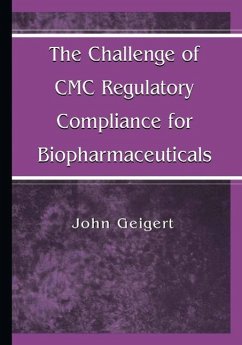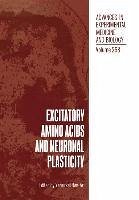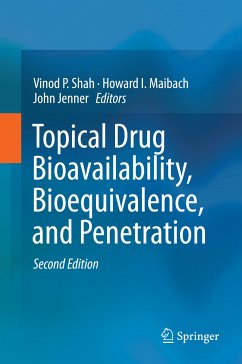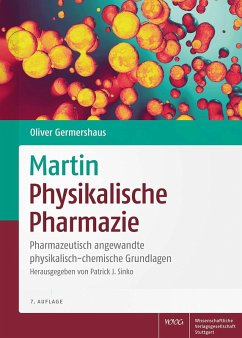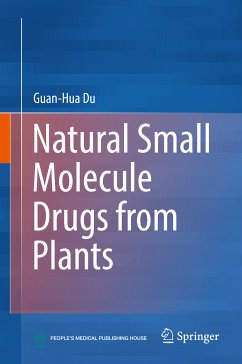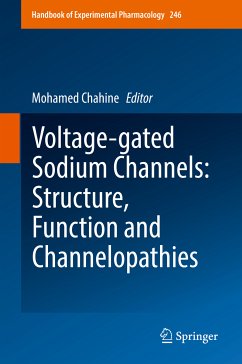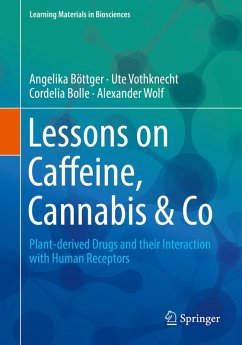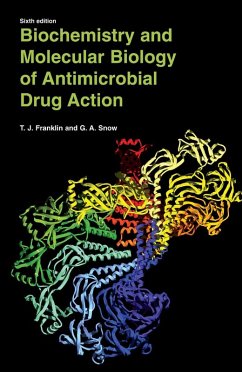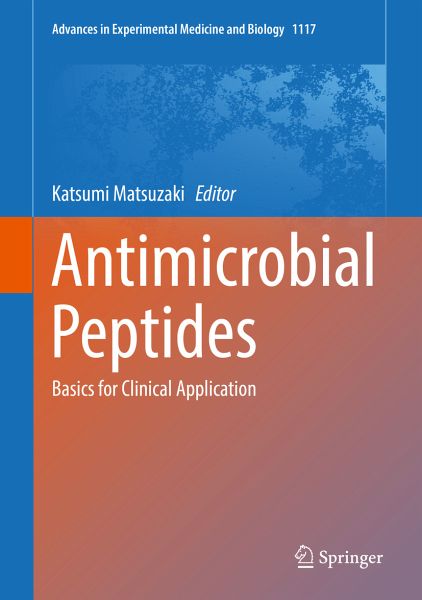
Antimicrobial Peptides (eBook, PDF)
Basics for Clinical Application
Redaktion: Matsuzaki, Katsumi
Versandkostenfrei!
Sofort per Download lieferbar
120,95 €
inkl. MwSt.
Weitere Ausgaben:

PAYBACK Punkte
60 °P sammeln!
This book presents an overview of antimicrobial peptides (AMPs), their mechanisms of antimicrobial action, other activities, and various problems that must still be overcome regarding their clinical application. Divided into four major parts, the book begins with a general overview of AMPs (Part I), and subsequently discusses the various mechanisms of antimicrobial action and methods for researching them (Part 2). It then addresses a range of activities other than antimicrobial action, such as cell penetration, antisepsis, anticancer, and immunomodulatory activities (Part 3), and explores the ...
This book presents an overview of antimicrobial peptides (AMPs), their mechanisms of antimicrobial action, other activities, and various problems that must still be overcome regarding their clinical application. Divided into four major parts, the book begins with a general overview of AMPs (Part I), and subsequently discusses the various mechanisms of antimicrobial action and methods for researching them (Part 2). It then addresses a range of activities other than antimicrobial action, such as cell penetration, antisepsis, anticancer, and immunomodulatory activities (Part 3), and explores the prospects of clinical application from various standpoints such as the selective toxicity, design, and discovery of AMPs (Part 4). A huge number of AMPs have been discovered in plants, insects, and vertebrates including humans, and constitute host defense systems against invading pathogenic microorganisms. Consequently, many attempts have been made to utilize AMPs as antibiotics. AMPs could help to solve the urgent problem of drug-resistant bacteria, and are also promising with regard to sepsis and cancer therapy. Gathering a wealth of information, this book will be a bible for all those seeking to develop antibiotics, anti-sepsis, or anticancer agents based on AMPs.
Dieser Download kann aus rechtlichen Gründen nur mit Rechnungsadresse in A, B, BG, CY, CZ, D, DK, EW, E, FIN, F, GR, HR, H, IRL, I, LT, L, LR, M, NL, PL, P, R, S, SLO, SK ausgeliefert werden.



